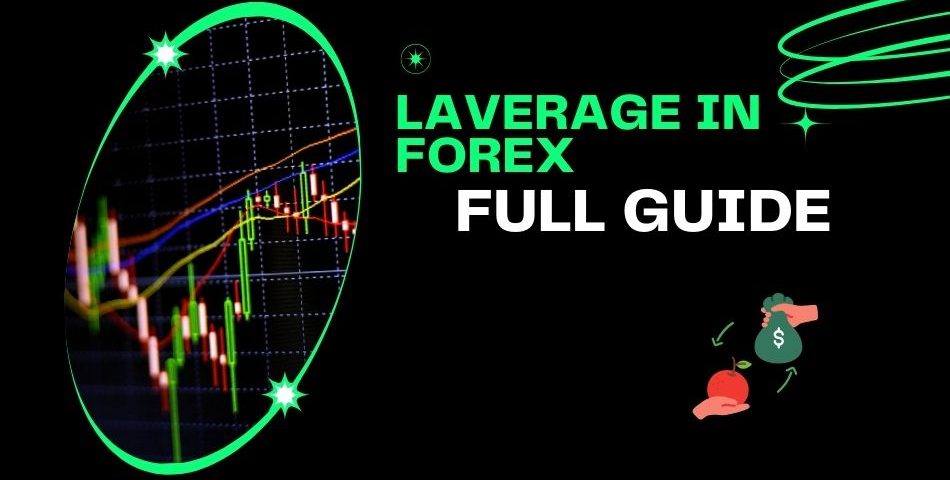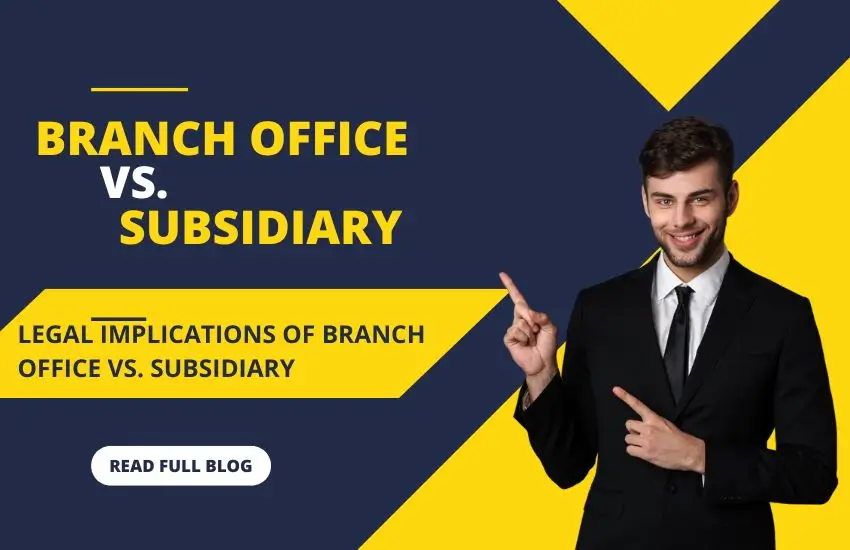Understanding Forex Leverage: A Comprehensive Guide

Lease to Own Homes: A Complete Guide to Understanding the Process
September 19, 2024
Central Bank Meetings: Federal Reserve, ECB, and BoE – Key Trading Event
September 24, 2024Introduction to Forex Leverage
Forex trading offers many opportunities, but one of the most exciting and potentially profitable aspects of it is leverage. Leverage can help traders significantly increase their position size, giving them the ability to control a large amount of capital with only a small investment. But what exactly is leverage, and how can you use it effectively? Let’s dive into the world of forex leverage to find out.
What is Forex Leverage?
Leverage in forex is essentially borrowed capital that allows traders to open larger positions than their account balance would normally allow. By using leverage, traders can control a larger sum of money with a smaller initial investment. For instance, a leverage ratio of 100:1 means that for every $1 in your account, you can trade $100 worth of currency.
How Does Forex Leverage Work?
Forex brokers offer leverage as a way to magnify the size of a trade. When a trader opens a leveraged position, they are borrowing funds from the broker to control a larger amount of currency. For example, if a trader has $1,000 and the broker offers 100:1 leverage, the trader can open a position worth $100,000. The trader’s $1,000 is used as collateral (or margin) for the borrowed funds.
Key Benefits of Forex Leverage
4.1. Increased Buying Power
The most obvious advantage of leverage is increased buying power. With leverage, you can control a large amount of currency with only a fraction of the capital. This allows traders with limited funds to participate in the forex market at a higher level.
4.2. Potential for Higher Profits
Leverage can significantly boost potential profits. Because you are trading a larger amount of currency, even small price movements can result in significant gains. However, the profit potential is directly proportional to the risk of loss, which is why it’s crucial to use leverage wisely.
Risks Associated with Forex Leverage
5.1. Risk of Significant Losses
While leverage can amplify profits, it also amplifies losses. If a trade moves against you, the losses will be magnified by the same degree as the leverage used. This means that even a small unfavorable movement in the market can wipe out your account balance.
5.2. Emotional Trading and Leverage
The high potential for both gains and losses can lead to emotional trading, where fear and greed take over. When using leverage, traders may feel pressured to make hasty decisions, which often results in poor outcomes. Maintaining discipline is key to managing leverage effectively.
How to Use Leverage Responsibly
Using leverage wisely is the hallmark of a successful forex trader. It’s important to start small, especially if you’re new to trading, and only use as much leverage as you’re comfortable with. Many seasoned traders use lower leverage ratios to limit risk, focusing more on steady, consistent returns rather than high-risk, high-reward trades.
Leverage Ratios in Forex Trading
7.1. Common Leverage Ratios
Forex brokers typically offer leverage ratios that range from 10:1 to 500:1. Common leverage ratios include:
- 50:1 (For every $1, you control $50)
- 100:1 (For every $1, you control $100)
- 200:1 (For every $1, you control $200)
7.2. How to Choose the Right Ratio
Choosing the right leverage ratio depends on your trading experience and risk tolerance. New traders are advised to use lower leverage ratios (like 10:1 or 20:1), while more experienced traders might opt for higher ratios. Always consider your risk management strategy before selecting leverage.
Margin and Forex Leverage: What’s the Difference?
Margin and leverage are closely related but are not the same thing. Margin is the amount of capital required to open a leveraged position. Leverage, on the other hand, is the multiplier that determines how large your position can be. For example, a 100:1 leverage means you only need 1% of the trade value as margin.
The Role of Margin Calls in Leveraged Trading
When trading with leverage, you must maintain a certain level of margin in your account. If your account balance falls below this threshold due to a losing trade, your broker may issue a margin call. This means you either need to deposit more funds or close out your positions to cover the losses.
Calculating Leverage and Margin
Leverage and margin are calculated as follows:
- Leverage ratio = Total Position Value / Account Equity
- Margin requirement = 1 / Leverage Ratio
For example, with 100:1 leverage, the margin requirement would be 1%, meaning you only need 1% of the position size in your account to open the trade.
Forex Leverage in Different Countries
11.1. Leverage Regulations in the US
In the US, the Commodity Futures Trading Commission (CFTC) and National Futures Association (NFA) have imposed strict leverage limits. The maximum leverage for major currency pairs is 50:1, and for exotic pairs, it’s 20:1.
11.2. Leverage in the UK and Europe
The European Securities and Markets Authority (ESMA) has also limited leverage to protect traders. In the UK and EU, leverage is capped at 30:1 for major currency pairs and 20:1 for minors and exotics.
Examples of Forex Leverage in Action
Let’s say you have $1,000 and use 50:1 leverage to open a $50,000 position. If the market moves 1% in your favor, you’ll make a profit of $500, which is 50% of your original investment. Conversely, if the market moves against you by 1%, you’ll lose $500, which highlights the risk associated with high leverage.
Top Strategies to Manage Leverage Risk
To manage the risks of leverage, traders should:
- Use stop-loss orders to limit potential losses.
- Trade smaller position sizes to reduce exposure.
- Avoid over-leveraging, especially in volatile markets.
- Maintain a disciplined trading plan and stick to it.
Leverage in Major Currency Pairs vs. Exotic Pairs
Leverage ratios differ between major and exotic currency pairs due to liquidity and volatility. Major pairs like EUR/USD tend to have higher leverage limits because they are more liquid and less volatile. Exotic pairs, on the other hand, are more volatile and have lower leverage limits.
Conclusion
Leverage can be a powerful tool in forex trading, allowing traders to amplify their gains with a relatively small investment. However, it comes with significant risks, and managing those risks is key to long-term success. By understanding how leverage works and using it responsibly, traders can take advantage of the benefits while minimizing potential losses.
FAQs about Forex Leverage
- What is the best leverage for beginners?
Beginners should start with low leverage, such as 10:1 or 20:1, to minimize risk while learning the market. - Can I lose more than my initial investment with leverage?
Yes, if the market moves against your position, you could lose more than your original deposit due to the amplified losses from leverage. - What happens during a margin call?
A margin call occurs when your account falls below the required margin level, and you must either add more funds or close your positions to cover the shortfall. - Is forex leverage available in all countries?
Leverage availability and limits vary by country, with stricter regulations in places like the US and the EU. - How does leverage affect profit and loss?
Leverage amplifies both profits and losses, meaning small price movements in the market can lead to significant gains or losses depending on your leverage ratio.
while exploring leverage in forex trading, you may want to read about ‘Lease to OWN Homes’. Click here to read the full article.


